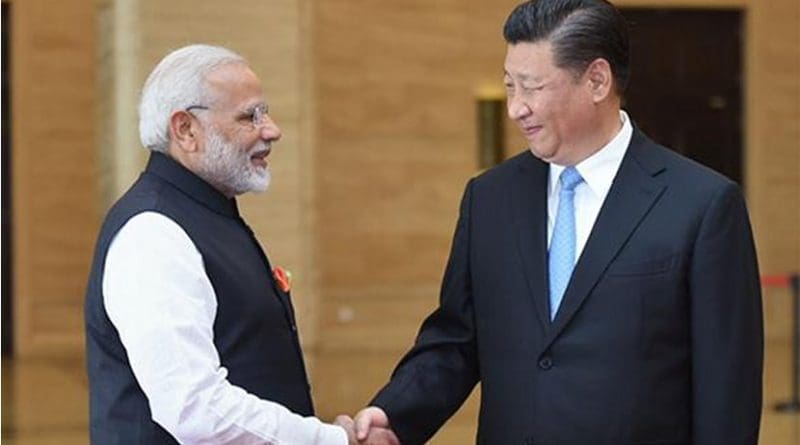Asian Giants Roads Towards Public Diplomacy – OpEd
Asia is a region being known to involve in a massive arms race but recently another race that has been going in the region is the race of image making abroad. In the foreign policies of China and India the public diplomacy is given massive importance. As both the states progressing in the global economy so did the need for the rising powers to enhance their public diplomacy and image in the world.
The governments of the two states are in a search of global influence through the public diplomacy. Both the states has been fully aware of the cognizant significance of soft power in the world politics. Confronting each other through the use of hard power has been replaced by the soft power.
China focuses on the economically important culture industries and exports sectors within the China and regarded it as a “pillar Industry”. China initiated the culture exchange programs. These culture exchanges made China not only to promote the values and traditions but along with this it promotes China as a peaceful and rich culture state. India carried out public diplomacy through cultural festivals of India in the foreign cities. Alongside India started branding itself.
India’s efforts of branding itself as a ‘Incredible India” transformed tourism with the increasing number of tourist from 2.5million in 2001 to 6.3 million in 2011. India worked under the banner of ‘Advancing India’s Conversation with the World’.
A major prudent induction in the public diplomacy division is the use of social media most notable Facebook, Twitter and YouTube. The government officials, Ambassadors and Officials had their account. The YouTube Channel displaying the impressive Indian Music, literature, folks, histories of India with the titles such as “India 5555: 5000 years of Indian civilization,” and “Nirvana and Beyond.” China used the technology by broadcasting six international channel since 2010. The major achievement is the launching of CCTV America in Washington DC in February 2012. Its purpose is to present the diversity of views rather than forward a particular set of beliefs. The China Internet Information Centre, give news about the Chinese history, politics, economic and culture. It published under the China State Council Office.
India emphasizes on building relationship through ‘development partnership’ because of the shared colonial history. Public Diplomacy of India combines with the technical assistant program. India combine trade, aid and public diplomacy with the claim that Africa and India partnership is unique and owes to history that both states struggles against colonialism, apartheid, poverty. India’s claim that its strategy in Africa is on equal partner with immense projection of soft power as compared to China. India projected the people-oriented image by training the locals rather than Indians contrast to the China use of its own labor. Although India may claim that China is exploiting Africa by benefitting its own growth and India aimed at people, China is way ahead than India. China’s bilateral trade with India is three times more than India.
Another important aspect of both China and India Public Diplomacy is use of Buddhism. Buddhism operates as a competitive tool of diplomacy for both China and India. Both the states trying to influence the Buddhist states in Asia (Thailand, Myanmar, Sri Lanka). China uses Buddhism tactically. Buddhism provides India a geopolitical advantages of drawing Sri Lanka and Myanmar out of China’s orbit and strengthening security cooperation with Mongolia, Vietnam. Above all Japan have similar concerns about a rising China.
India has taken China’s greater investment in public diplomacy as a wakeup call to invest more on its PD projects. Due to the modest footprints, India is lacking behind China in the PD. Economics is also a determining factor as China is investing more and more while India has a specified allocations. The projection of soft power by the Chinese public diplomacy aimed both at the local public and the public abroad but India is more focused towards foreign public. For both India and China public diplomacy is more than making the good image and less about the foreign policy goals.

